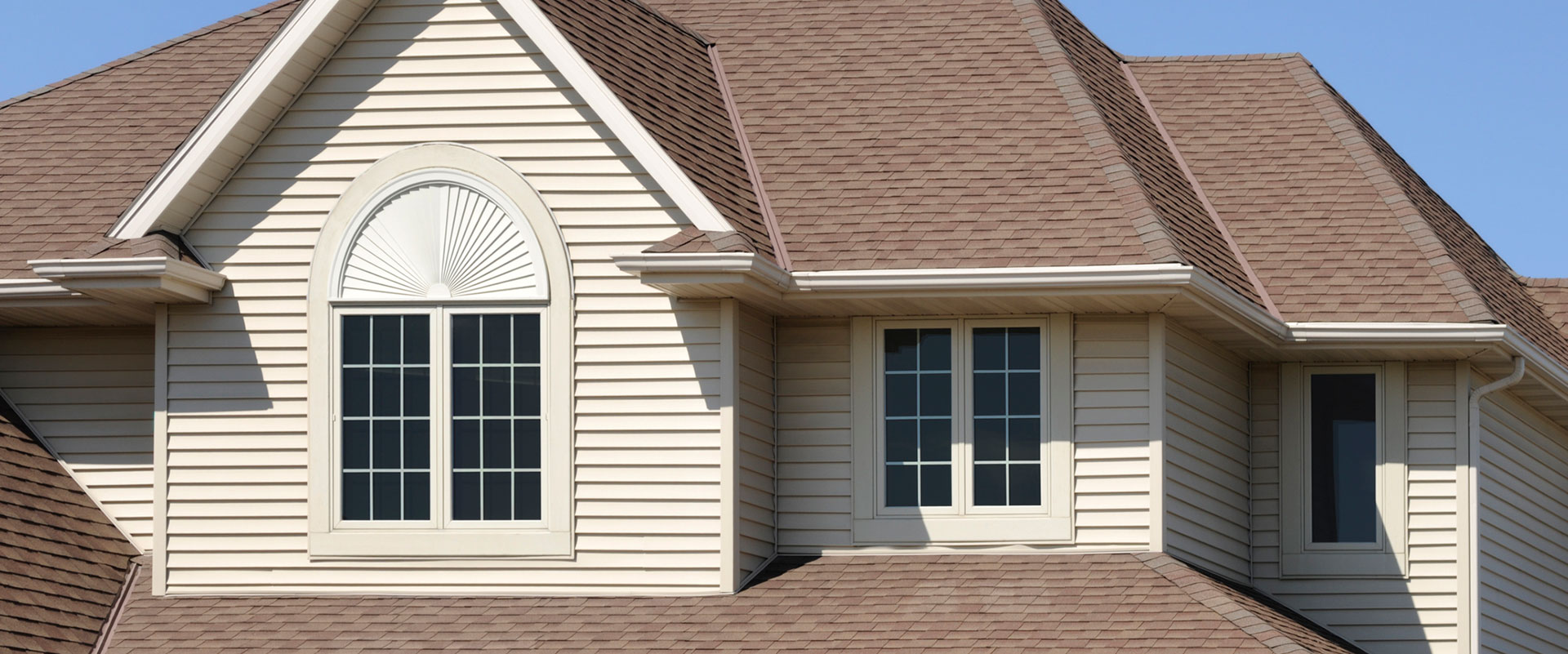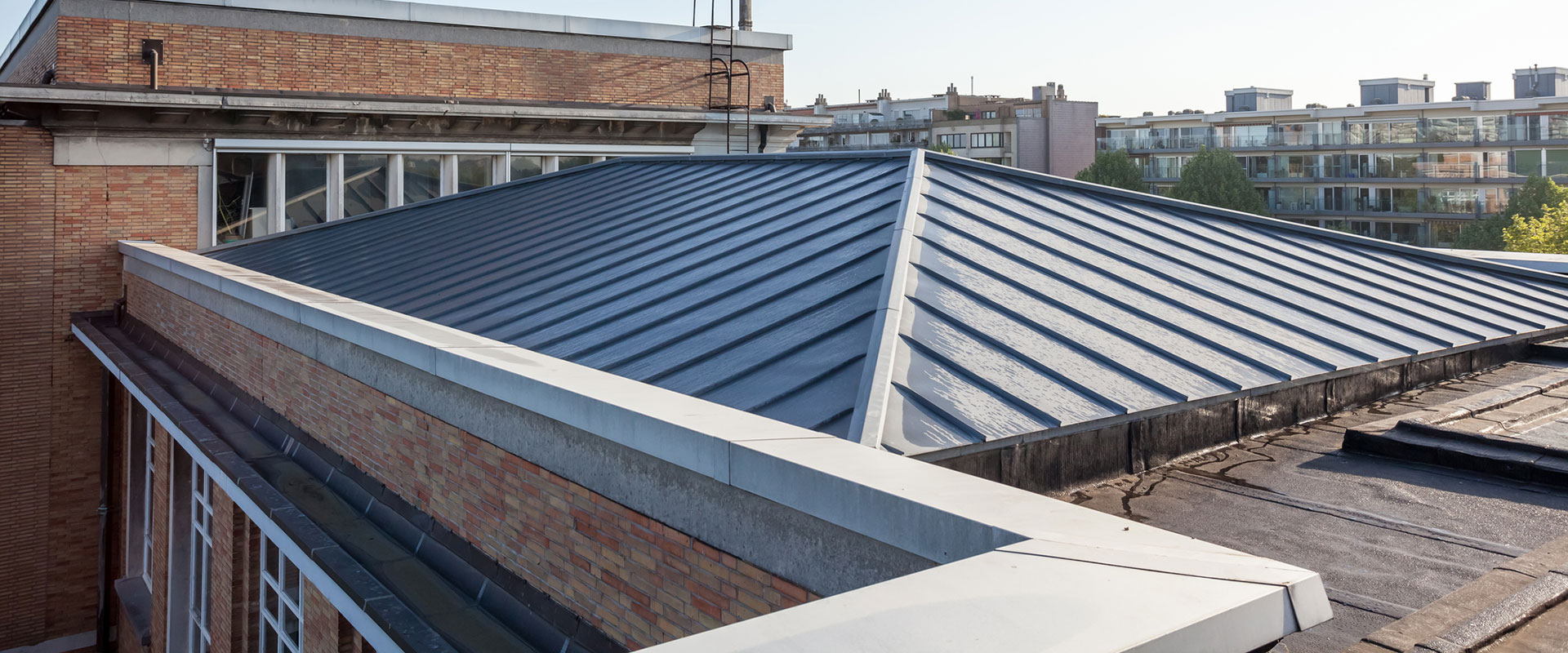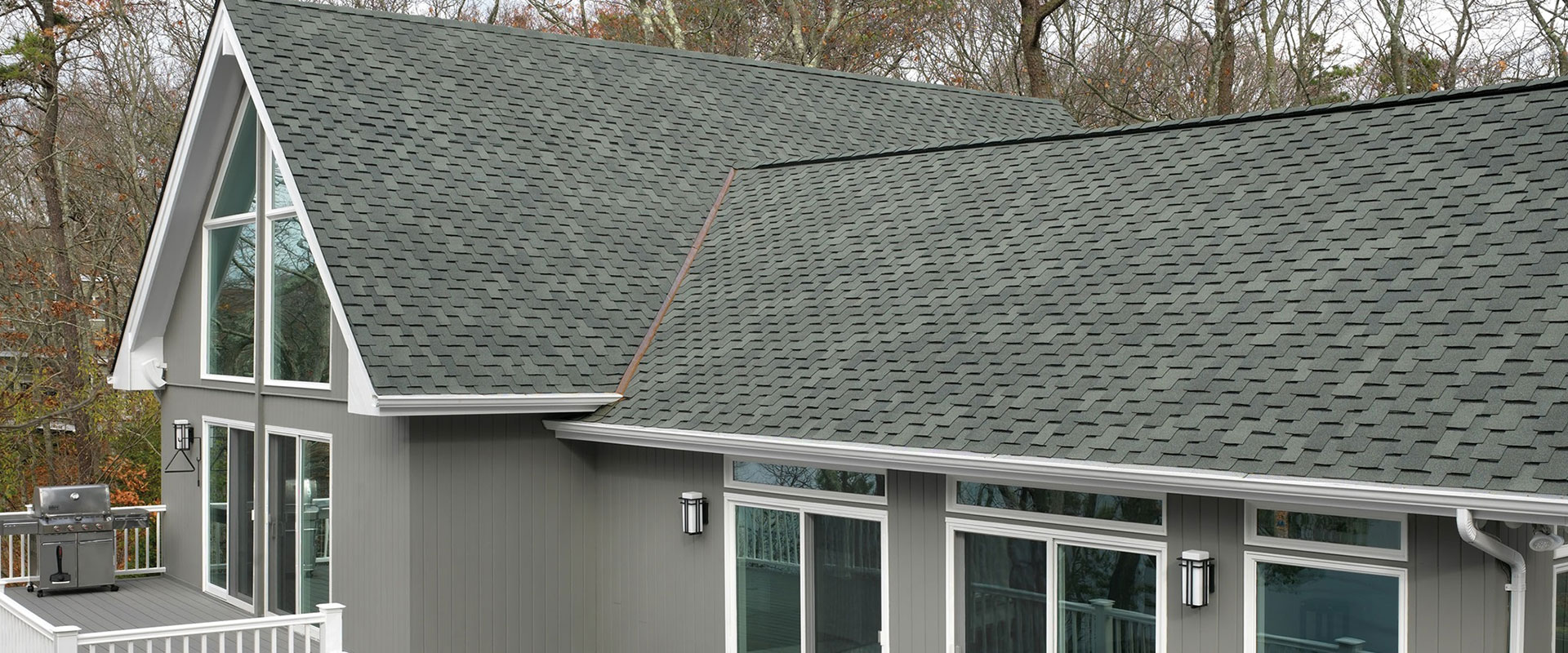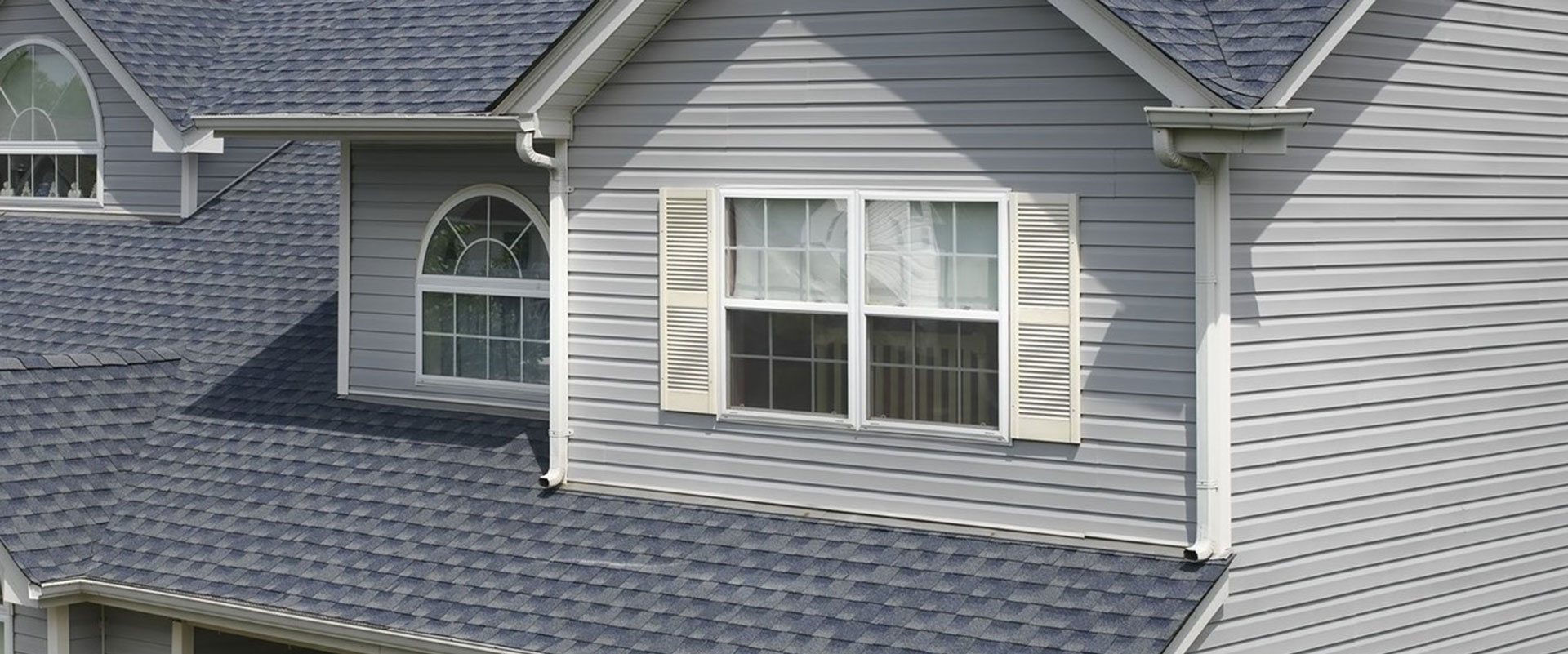Roof fire safety is a crucial concern for homeowners, especially during the warmer months when dry conditions can increase the risk of fire. Understanding fire ratings for roofing materials can help you make informed choices that protect your home and family. This quick guide outlines the basics of fire ratings and why they matter when selecting roofing systems.
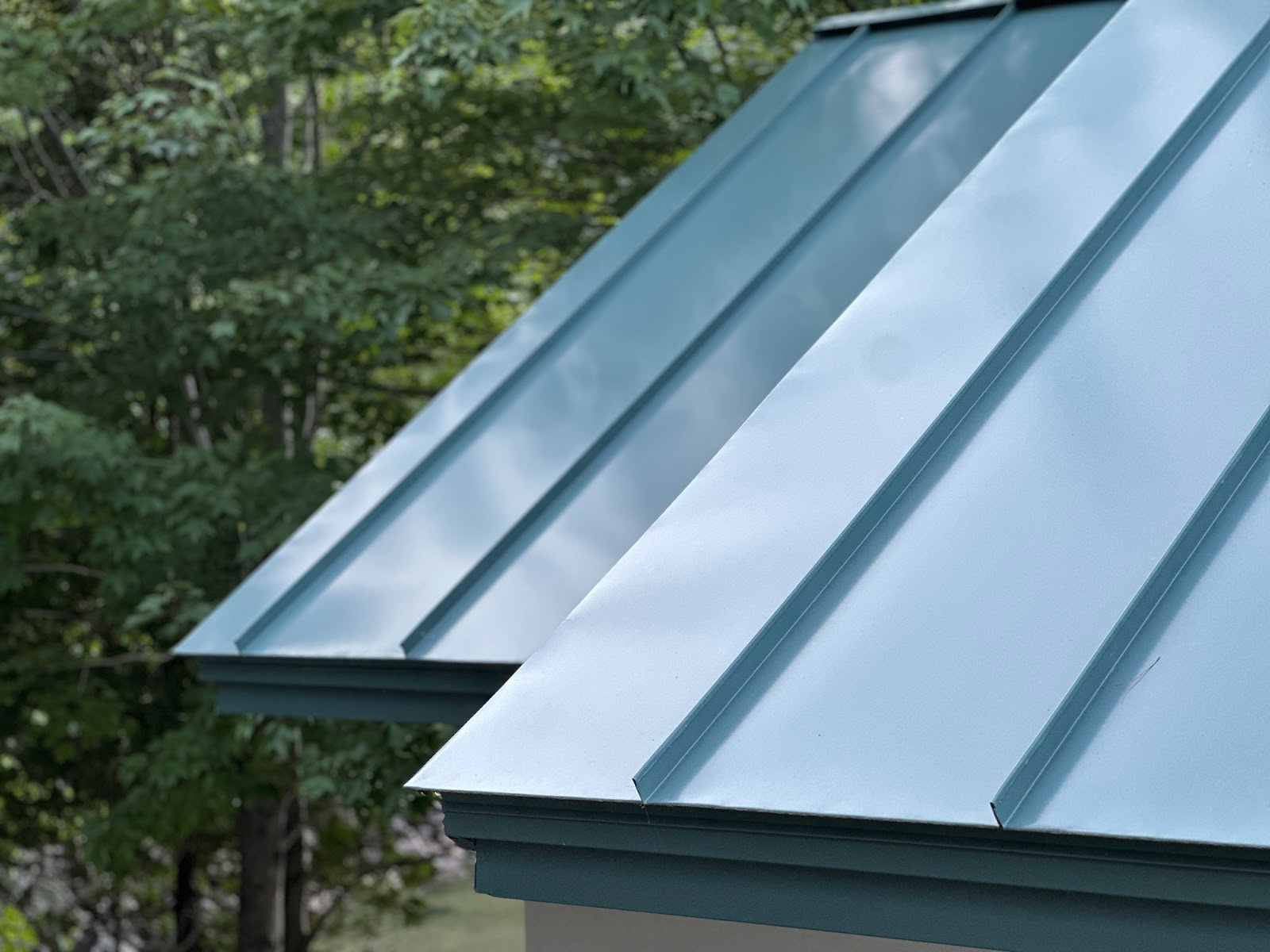
Understanding Fire Ratings
Roofing materials are classified based on their ability to resist fire exposure. These ratings are determined through standardized testing and fall into three primary classes:
Class A
Class A materials offer the highest level of fire resistance. They can withstand severe exposure to fire, resist the spread of flames, and do not easily produce embers that may ignite other parts of a building. Common Class A materials include fiberglass-based asphalt shingles, concrete tiles, clay tiles, and most metal roofing systems.
Class B
Class B materials provide moderate fire resistance. These are able to endure intermediate levels of fire exposure. While not as resilient as Class A, they still offer a respectable level of protection. Some treated wood shingles and pressure-treated shakes fall into this category.
Class C
Class C materials offer the lowest level of protection. They can only withstand light exposure to fire and are more prone to flame spread. This category often includes untreated wood shakes and certain lower-grade asphalt shingles.
Why Fire Ratings Matter
Fire ratings are more than just a classification. They are a critical safety feature that can help reduce the spread of fire, limit property damage, and even save lives. Choosing a roof with a higher fire rating enhances your home’s defense against external fires. Additionally, many insurance providers recognize the value of fire-resistant roofs and may offer lower premiums to homeowners with Class A-rated systems.
Factors That Influence Fire Ratings
While roofing material is the primary factor, a few other elements can impact a roof’s overall fire performance:
-
Underlayment: Fire-resistant underlayments can significantly boost the roof’s ability to withstand flames.
-
Installation Quality: Even the best-rated materials can underperform if not installed properly. Workmanship plays a key role in maintaining fire resistance.
-
Maintenance: A well-maintained roof retains its protective capabilities better than a neglected one. Removing debris and promptly repairing damage helps preserve fire resistance.
Choosing the Right Roofing Material
When selecting a roofing system, consider not only the fire rating but also factors like your local climate, home style, and long-term durability. Fire safety should always be a top priority, particularly in areas where seasonal weather patterns or surrounding vegetation increase the risk of wildfires. Consulting with an experienced roofing contractor can ensure you choose a solution that balances beauty, performance, and protection.
Need a Fire-Rated Roof? Call Chase Roofing Today
If you’re looking to upgrade your roof for better fire protection, Chase Roofing is here to help. Our experts offer personalized recommendations and professional installations that prioritize your safety and peace of mind. Serving Yorktown, VA and surrounding areas, we’ll make sure your new roof looks great and meets the highest safety standards. Contact us today at (757) 872-0700 or fill out our online form to schedule a consultation.


